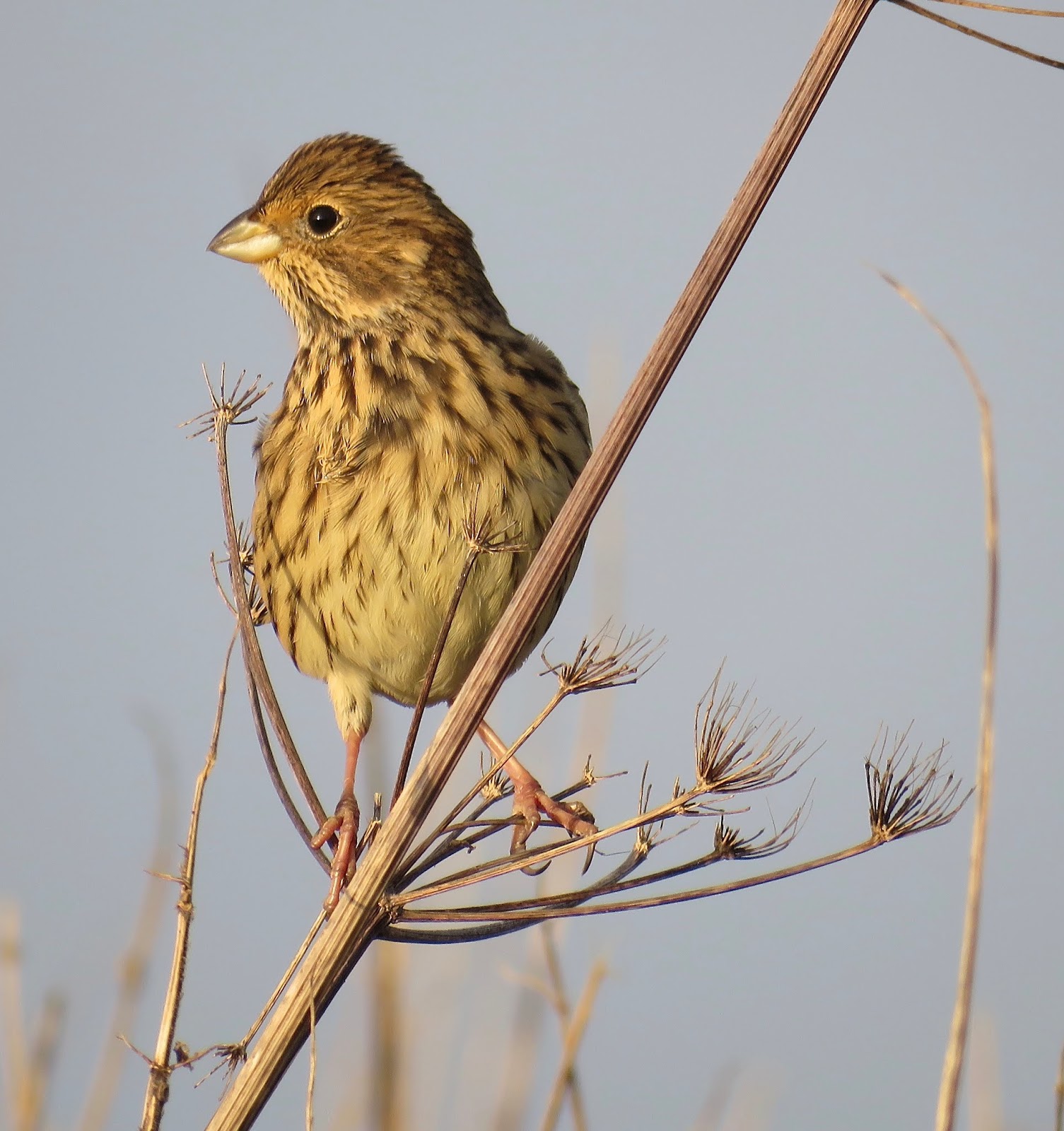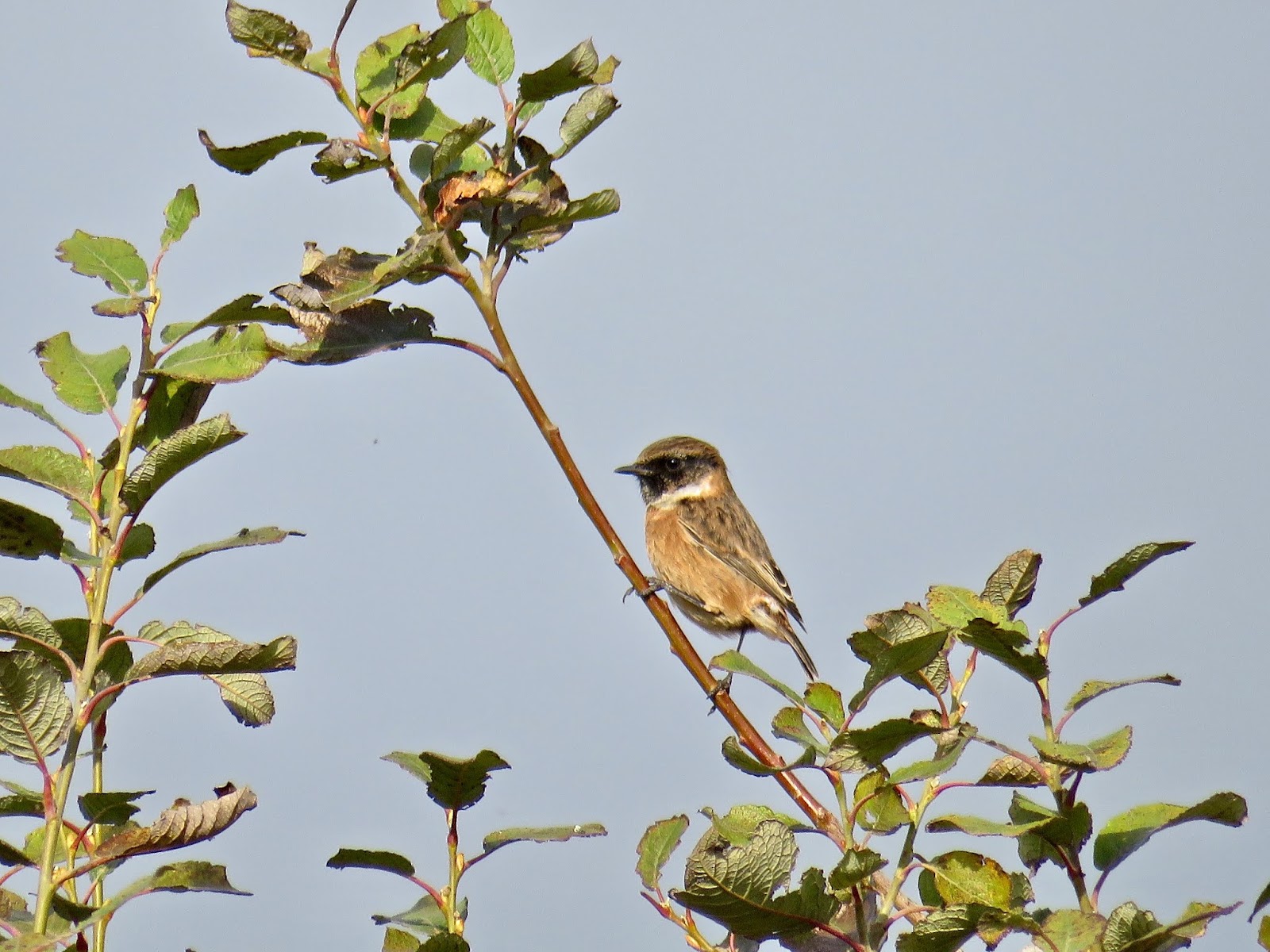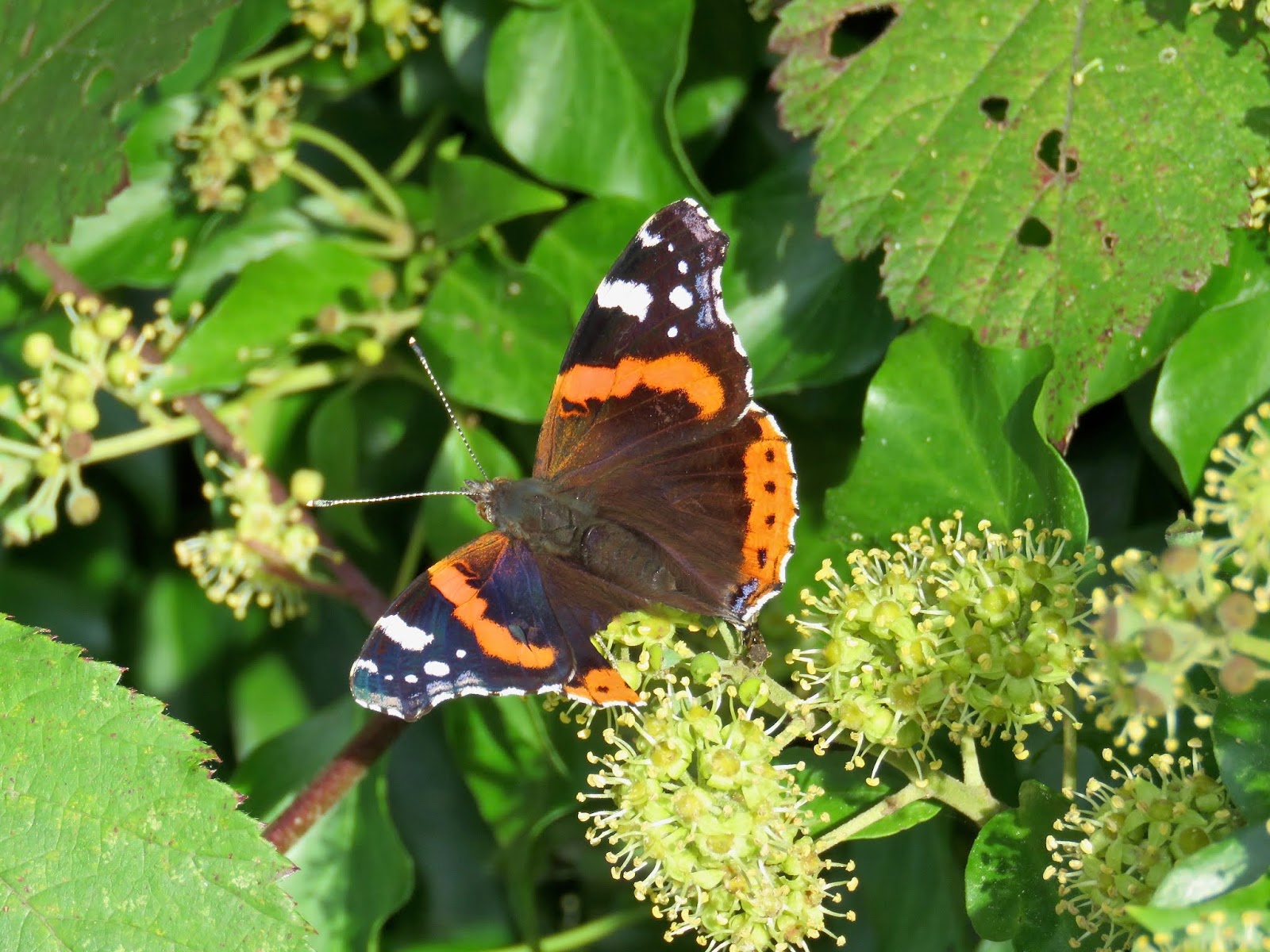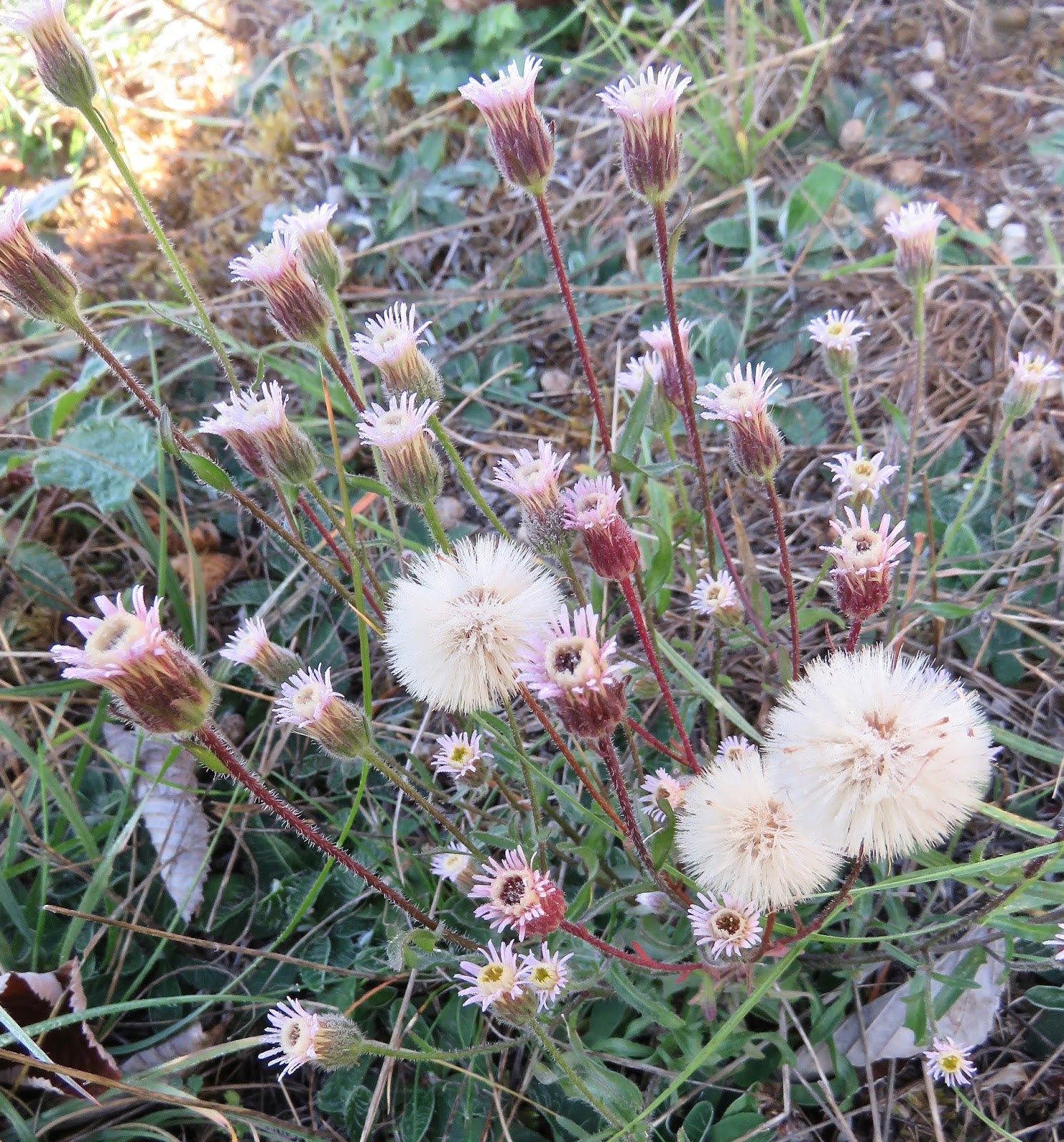A different kind of 'Richard's' at the sewage farm...

When news broke of Peter Alfrey having found a Richard's Pipit at Beddington yesterday I was unable to visit, but, via the kindness of Roger B, access was granted earlier this morning. After a rather poor 90 minutes skywatching from the northern lakeside we then scaled the slope of the mound (with Glenn and Christian) and walked onto the weedy top to search for the pipit. After 45 minutes of a no-show Glenn returned to the underwhelming sky-watch whilst Christian and I doubled-up our efforts and started all over again. Within a couple of minutes a large, wagtail-like pipit leapt from the vegetation and flew in a tight circle around us, then hovered for a good 10 seconds before alighting once more into the vegetation. It couldn't have performed any better, with the clear supercillium, pale lores, stout bill and unmarked flanks at once obvious. The next time in flight it called three times, the classic raspy "shreee". We were then able to stalk the bird as it stro...












